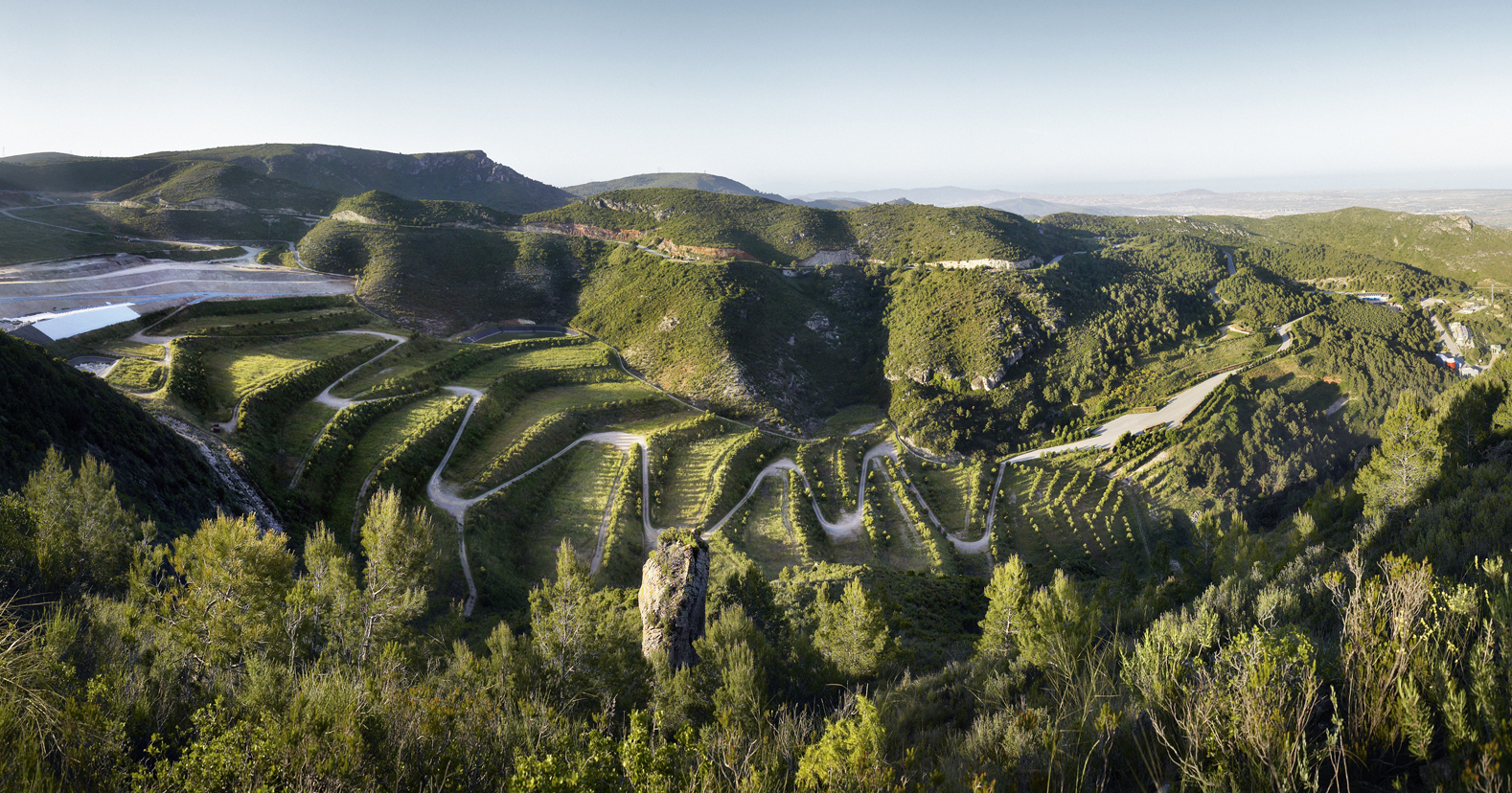Feminist sculptor, filmmaker, painter, jewelry designer, and one-off parfumeur Niki de Saint Phalle is coming home, in a way.
Born in the tony northwestern suburbs of Paris but reared in New York City before returning to France in the early 1950s, the globetrotting self-taught artist never shied away from inserting pointed social commentary into her playful, provocative, and frequently phantasmagoric work. Now Saint Phalle herself is the subject of an upcoming exhibition at MoMA PS1 in Long Island City, Queens. Set to open March 11, Niki de Saint Phalle: Structures for Life marks the artist’s first major retrospective in the city where she spent her childhood and adolescence.

Best known for creating towering statues of curvaceous, candy-colored female figures—her Nanas—and mind-bending environments such as Tarot Garden, the completed work of Saint Phalle is largely, but not exclusively, immovable and site-specific. However, the exhibition, which will pay special focus to Saint Phalle’s architectural and monumental outdoor public works, will bring her wildly idiosyncratic creations alive through over 200 models, drawings, prints, films, and never-seen-before archival materials. Yes, even a Nana or two will be on hand.
Large-scale works featured in the exhibition are Golem (1971-1972), a children’s play structure in Jerusalem that takes the form of a colossal monster with three tongue-slides protruding from its mouth; Le Dragon de Knokke (1973-1975), an elaborate, sculptural playhouse in Belgium that, like Golem, also takes the form of a fearsome beast and features a facial appendage slide, and La fontaine Stravinsky (1983); a madcap 16-piece sculptural fountain, designed in collaboration with Swiss sculptor and then-husband Jean Tinguely, located at Igor Stravinsky Square next to the Pompidou Center in Paris.

Materials relating to Tarot Garden will, of course, also be featured prominently in Niki de Saint Phalle: Structures for Life and, according to the Wall Street Journal, comprise about half of the main gallery space at MoMA PS1. Drawings, models, and photographs depicting the multitude of colored tile-clad sculptures—all representing the 22 Major Arcana of the tarot deck—populating Tarot Garden will be shown as part of the exhibition. Located in the Tuscan village of Pescia Fiorentina, the 14-acre architectural park was largely inspired by and often compared to Antoni Gaudí’s Parc Güell in Barcelona but with an unabashedly groovy cosmic twist.
Considered as Saint Phalle’s life project, work on Tarot Garden kicked off in the late 1970s and lasted through her death in 2002 in La Jolla, California, at the age of 71. Tarot Garden opened to the public in 1998. Saint Phalle famously lived on-site during the park’s creation within Empress, a sphinx-like habitable sculpture that housed her bedroom and bathroom in one breast and a kitchen in the other breast with recessed circular windows serving as the sculpture’s inverted nipples.


Niki de Saint Phalle: Structures for Life will also feature works that showcase Saint Phalle’s activist work, namely her tireless crusading in support of AIDS/HIV awareness that culminated in a 1986 illustrated book, AIDS: You Can’t Catch It Holding Hands, written with Dr. Silvio Barandun. Aiming to set the record straight on how the virus can and cannot be transmitted, the book was ultimately translated into six languages.
The exhibition will be accompanied by a new publication focused on Saint Phalle’s work in the realm of architecture and public sculpture as well as the commercial endeavors—producing jewelry, perfume, clothing, and on—that she took on in order to finance large-scale passion projects like Tarot Garden. The volume will be edited by and include an essay from exhibition curator Ruba Katrib.

Niki de Saint Phalle: Structures for Life will run through September 6. Entry to MoMA PS1 is currently available through an advanced, timed-ticketing system.











